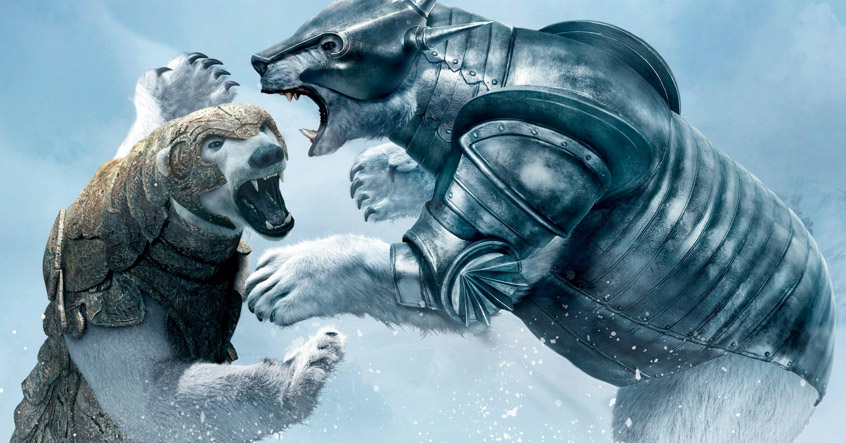
Last night, on 20 February, Oscar-winning modeler Adam Dewhirst gave a free webinar, hosted by the London-based visual effects academy Escape Studios, about his work as a CG modeler. Adam has worked on many VFX films including The Golden Compass, for which he won his Academy Award.
Among the subjects Adam discussed were:
How 3D artists manage to deliver 13 different characters in a mere 3 days?
How to transfer UV's or use multiple UV tiles within a production
How VFX studios really work – reusing models to keep pipelines consistent
Creating accurate doubles from lidar scan data
Methods for transferring new topology to existing models and rigs.
Adam talked about his work at Cinesite and Frame Store on digital doubles, and about how at big VFX houses the polygon topology of production models tends to get re-used, to create efficient cost-effective pipelines. Big studios can't afford to build a bunch of bespoke models for each show, so they tend to re-use assets to keep costs as low as possible.
For example, in the models below, all three of them are essentially clones of the same digi double. Adam was even able to create a blendshape and blend from one to the other – because they have the exact same underlying poly count.
Because of this, he was able to clone blend shapes as well, opening up the possibility of re-using complex, expensive and hard-to-build facial blend shapes and re-using them on other characters. This kind of efficiency saves time, money, and the headache of having to re-do individual models from scratch.
He also worked with some free lidar scans sourced on the web (try Googling "free lidar scan" and see what comes up), showing how existing base model topology can be quickly applied to a lidar scan in order to create a new model which can be slotted into the existing production pipeline.
Lidar, by the way, is a remote sensing technology that measures distance by illuminating a target with a laser and analyzing the reflected light. It is used to make high resolution maps, very useful for the VFX industry. However, the resulting surface topology may not always be suitable for production purposes.
 |
| Incomplete lidar scan on the left. Production base model on the right |
Adam used the soft modification tool to move the vertices around to do a rough new model, keeping the correct edge flow already established in the existing base model.
Adam was able, in a short space of time (the whole tutorial lasted just an hour including Q&A), to create a fairly accurate copy of the lidar scan using the base mesh topology, meaning that the new model can be safely plugged in to the existing digital pipeline.
So do you create 13 characters in 3 days? The answer is – to re-use characters between shows. Adam brought with him some standard digital doubles created by Framestore and Cinesite for their productions. Using the same basic standard digital double he was able to create an entire cast of characters in a very short time, partly by using the Transfer Attributes tool in Maya.
Short cuts like this are how leading visual effects houses compete at the top level around the world. To test it yourself, Google Free Scan Mesh and try the technique out yourself.
 |
| Shoeshine has many puppies |
In fact, this kind of re-use of assets is something we did a lot of at Cinesite on shows like Underdog, Beverly Hills Chihuahua, and Marmaduke. The basic underlying topology of all the dogs was the same on all three pictures, allowing extensive re-use of base models and blend shapes.
In effect, all the dogs on Marmaduke were the grandchildren of Shoeshine, the original beagle we modeled for Underdog. The facial blend shapes were copied from one animal to another, though this did not prevent us having to make extensive adjustments to the individual blend shapes and the combination shapes – which we used to create a huge variety of facial expressions. The adjustments had to be made carefully by hand, matching to live action reference, and took a fair bit of time.
At the end of the tutorial Adam took a series of questions from the online audience. One of the questions was:
Q: Lots of students train on 3D Studio Max? Should they learn Maya?
Adam said that the important thing is to learn how to do CG modeling at a professional level, since the tools and techniques tend to be more or less the same – whatever software package the modeler is using. However, Adam said he has never been asked to use 3D Studio Max on a production during his ten years in the industry. His advice was – learn Maya!
 |
| Standard issue in Soho |
—Alex


